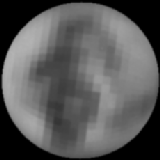This is an image of the surface of Pluto.
Image from: NASA
Pluto's Surface and Interior
Data from 1999 suggests that the surface of Pluto is made of two different parts. It has an icy part and a non-icy part (the non-icy part may be some sort of rock). Scientists are fairly certain the icy part is made of frozen nitrogen, but also contains smaller amounts of frozen carbon monoxide and methane.
Pluto is so far away that is it very hard to see the planet, so we can't yet tell how much of the surface is covered with ice, and how much is covered with something which is not ice (the possibly rocky part). It will take a mission to Pluto to sort some of these things out!
Scientists are certain that the surface of Pluto is good at reflecting light, which suggests that it is mostly made of the icy component - and that means Pluto's surface is mostly composed of nitrogen.
The interior of Pluto is probably similar to that of major icy moons such as Ganymede. (Pluto is actually smaller than Ganymede, even though Ganymede is a moon).
You might also be interested in:
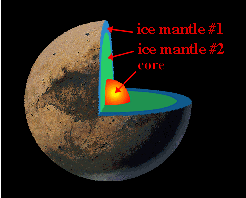
The diagram to the left shows a cutaway of the possible interior structure of Pluto. The composition of Pluto is mostly ice, therefore there is probably a small core of some rocky material buried inside,
...more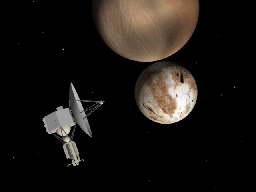
Pluto is a frigid ball of ice and rock that orbits far from the Sun on the frozen fringes of our Solar System. Considered a planet, though a rather odd one, from its discovery in 1930 until 2006, it was
...more
Of all the planets and moons in the solar system, Pluto and Charon are the two which resemble each other the most closely. They are almost the same size, and they are very close together. They are so
...more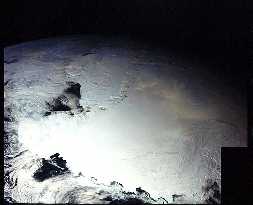
Pluto is so far away, and has never been explored. Questions to answer about Pluto include the following: What are the geologic features of the surface. (pictures of the surface) If there are bare spots,
...more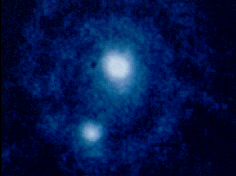
It may seem hard to believe that Pluto could have an atmosphere because it is so cold at 39 AU, where Pluto is found, but it does. Because there are times when Pluto is closer to the sun than is Neptune
...more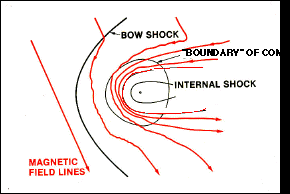
No one knows whether or not Pluto has a magnetosphere. Scientists were very surprised to find that Jupiter's icy moon Ganymede had a magnetosphere because it is hard to explain how an icy body can develop
...more
Pluto has // Call the moon count function defined in the document head print_moon_count('pluto'); moons. One of the moons is very large. The large moon is named Charon. The other two moons are fairly small.
...more
